The Australian Energy Storage Conference & Exhibition 2016 was held in the Australian Technology Park in Sydney last week. In addition to being a networking and knowledge-sharing opportunity, the event provided a snapshot into Australia’s evolving energy storage industry. Here we’ve summed up the main themes that kept popping up and the key points that we took away – with a focus on the distributed (mainly residential & small business) energy storage market.
Event highlights
From the exhibition floor
- Two much-vaunted battery products (Enphase’s AC Battery and Redflow’s ZCell) made some of their their first in-person debuts in the exhibition hall, although neither will see wide-scale installation in Australia for another few months.
Enphase’s AC Battery (at AC Solar Warehouse’s stall) - Aquion Energy’s AHI (‘salt water’) batteries made an appearance in no less than three booths (one of which was the company’s own). Aquion’s batteries are already being distributed and installed in Australia.
Signage at the Aquion Energy booth. Aquion’s AHI batteries inside Fusion Power System’s Titan unit. Aquion’s S-Stack in the background at Ampetus’ booth. - Fusion Power Systems has come out with a couple of devices that incorporate Aquion’s battery stacks – one with an integrated inverter and another which is a pre-wired battery cabinet.
Fusion Power Systems Titan battery cabinet + inverter (containing 4x Aquion S-Stack batteries). Fusion Power Systems battery cabinet (containing 4x Aquion S-Stack batteries). - We learned that AllGrid Energy is thriving in the niche of servicing off-grid Indigenous communities throughout Australia. These communities frequently rely on expensive diesel energy generation for their electricity needs. Two important developments that have helped them achieve this success are 1) their teaming up with Redback for their inverter technology and 2) their arranging for low-cost finance for their customers through the Indigenous Business Australia.
AllGrid Energy’s WattGrid (Lead acid version). AllGrid Energy’s WattGrid (Lithium-ion version). - Ampetus Energy unveiled a new cost-competitive, plug-and-play home energy storage unit called the EnergyPod, available in lithium-ion or lead acid ‘flavours’. The device contains its own inverter (making it ‘plug and play‘), has a warranty of 5 years and can respond to voice commands.
Ampetus Energy’s EnergyPod (door closed). Ampetus Energy’s EnergyPod (door open with dummy batteries). - ‘Ultrabattery’ maker Ecoult had a new, residential-scale battery bank on display. The unit is in soft launch mode and will be available in the near future.
- SwitchDin talked to us about how they plan to make solar+battery systems smarter by allowing for seamless integration between disparate brands and devices of all types – solar PV systems, batteries and household devices.
- We spoke to Victron Energy, who are one of the most trusted behind-the-scenes players in Australia’s solar industry, with a range of inverters and chargers used for various applications (beyond just solar PV). (Notably, we also found out that the battery system at Redflow founder Simon Hackett’s own home uses Victron’s technology.)
- A highly informative workshop about battery recycling hosted by the Australian Battery Recycling Initiative’s (ABRI’s) Dr Helen Lewis.
- Countless other stalls too numerous to mention by name. Some that come to mind are Solar Citizens, Century Yuasa, Kokam and BYD. (A full exhibitor list can be found here.)
From the conference talks
Listed below are some interesting snippets from some of the conference presentations – keeping in mind that we’ve made no attempt to be complete (with well over 70 speakers after the Renewable Cities Forum talks were taken into account).
- Keynote speaker Dr Imre Gyuk of the US Department of Energy talked about the US perspective on battery storage and where things are headed. Modern electricity grids are already ‘marvels of technology’ he noted. In the grid of the future, energy storage will act as a buffer, make increasingly chaotic (‘stochastic’) grids manageable by helping to provide ‘energy when needed, transmission where needed’.
- One of the first conference streams focused on energy management systems and/versus energy storage. SMA’s Wendy Truong talked about how Sunny Home Manager can help homes maximise solar self-consumption and overall energy bill savings (while admitting that super cheap batteries would obviate the need for such systems), and Ergon’s Chris White talked about lessons learned from the Queensland network’s distributed battery storage / home energy management system pilot program. Reposit Power’s Dean Spaccavento took a contrarian view, saying that – in the right conditions – much greater potential savings (and convenience) are to be had simply by having stored energy available whenever it is needed.
How SMA Home Energy Manager plans your daily energy usage in accordance with sunshine availability to maximise savings. About Ergon Energy’s distributed battery storage pilot program. Reposit Power: How battery storage can save you money without inconvenience. - Aquion’s Adam Champion gave an overview of their battery’s strengths – particularly with regard to its potential as a viable replacement for lead acid batteries in off-grid systems.
- SolarEdge’s Michael Rush talked about the company’s technology platform – and announced that they will be adding more battery products to the list of those compatible with their StorEdge inverter (which currently works only with the Powerwall).
- Numerous talks focusing on how distributed energy storage (both at the home/business level as well as at the grid level) will play a pivotal role in making the high-penetration renewables grid of the future work smoothly and affordably.
General observations (with a focus on residential energy storage)
- Presentations and conversations alike were less ‘pie in the sky’ this year than the 2015 event and more along the lines of getting things done. Now that we’ve had over a year to talk about battery storage, the expectation would be that there is more battery storage being installed – and this was absolutely true. Case in point: Tesla’s Powerwall was the talk of the town last year (despite the fact that it didn’t yet exist), and this year we’ve already seen some of the first Powerwall systems installed in Australia. Interestingly, there was no Powerwall on display in the exhibition hall – although there was a Tesla Model S.
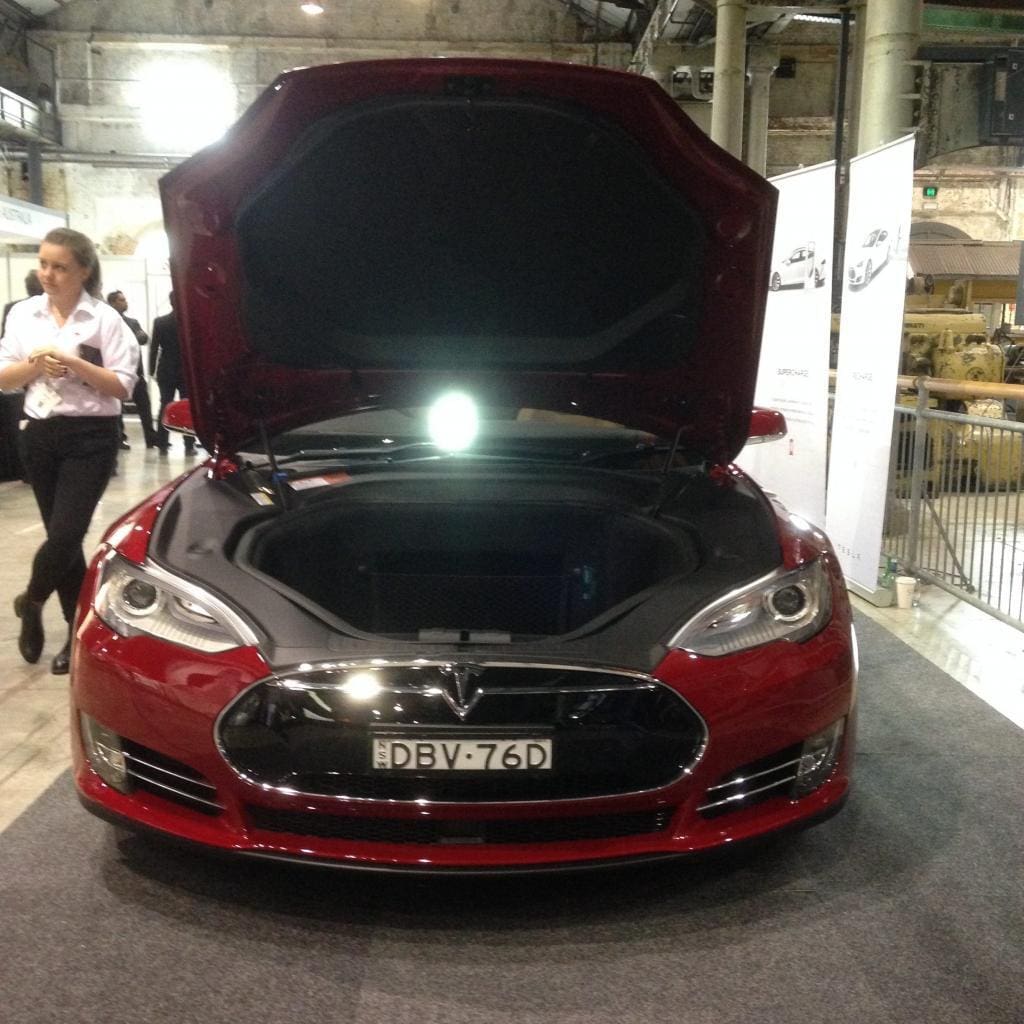
A Tesla Motors Model S on display on the exhibition floor.
- There still seems to be the consensus that battery storage (particularly in grid-connected systems) is the way of the future, but nearly everyone (that I’ve spoken to, at least) also agrees that right now the business case doesn’t stack up for most homes. This realism and practicality coming into play means that we can divide the sorts of strategies we’ve seen (and conversation’s we’ve had) into a few categories:
- Manufactures unashamedly offering high-quality products at prices which will not result in a payback period shorter than the battery system’s warranty. These folks are targeting the early adopter market – people who want to be among the first and who have the money to do so. Battery storage offerings in this category are what I like to call ‘next generation’ solutions – products with superior expected performance (e.g. higher depth of discharge) than lead-type batteries and warranties of 8-10 years. Products fitting this bill include Enphase’s AC Battery, Redflow’s ZCell, Tesla’s Powerwall, LG’s RESU and Aquion’s AHI batteries.
- Manufacturers & distributors trying bring in the most price-competitive products possible. These devices are usually significantly cheaper than the ‘next gen’ batteries, sometimes coming in at under the $1,000/kWh mark (fully installed). These solutions generally have warranties of only about 5 years. There are a number of them out there, and they’ll undoubtedly see some uptake, although they will by no means be the Rolls Royce of the battery storage market – and it’s still unclear (and seems unlikely) that their payback periods will be shorter than their warranty periods.
- We still have some time to go before home battery storage is a ‘no brainer’ in the way that solar PV currently is for most Australian homes – but we are significantly closer to that point in June 2016 than we were in June 2015.
© 2016 Solar Choice Pty Ltd
- Solar Power Wagga Wagga, NSW – Compare outputs, returns and installers - 13 March, 2025
- Monocrystalline vs Polycrystalline Solar Panels: Busting Myths - 11 November, 2024
- Solar Hot Water System: Everything You Need to Know - 27 February, 2024
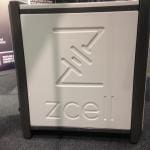
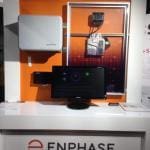
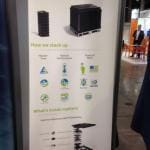
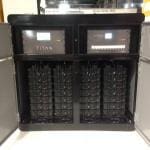
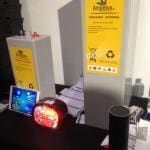
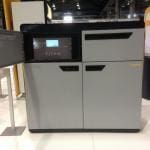
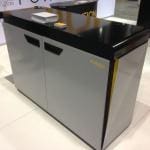
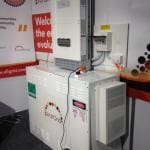
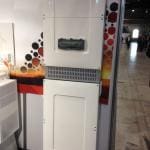
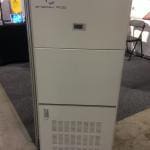
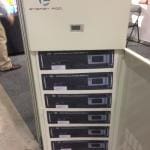
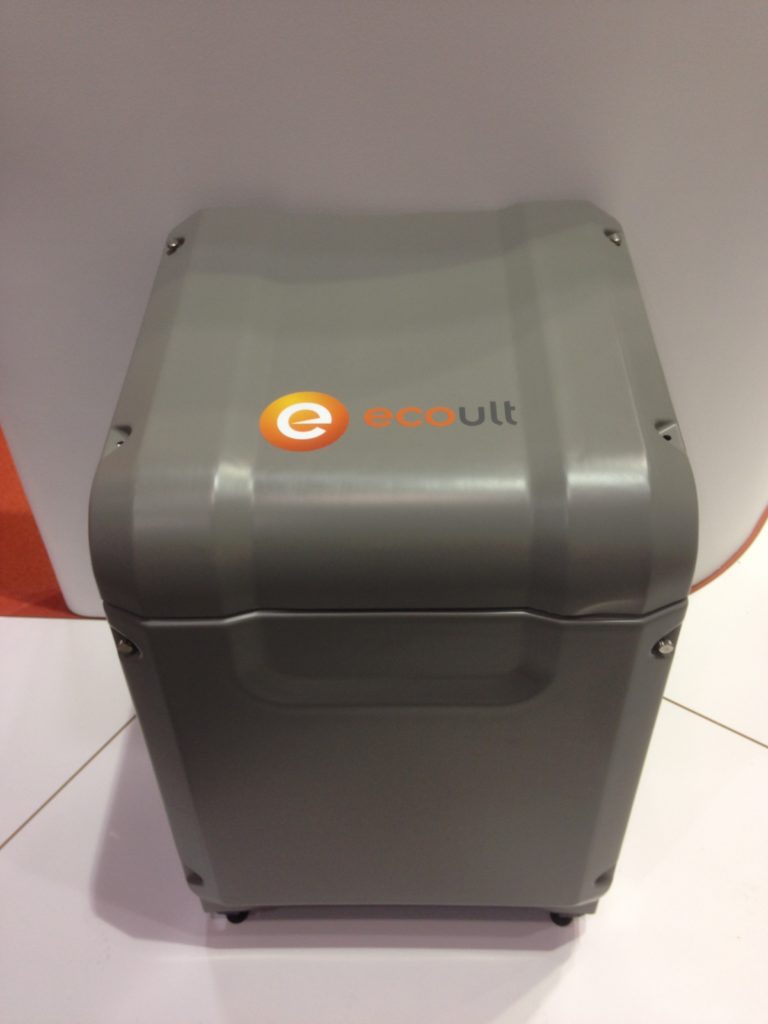
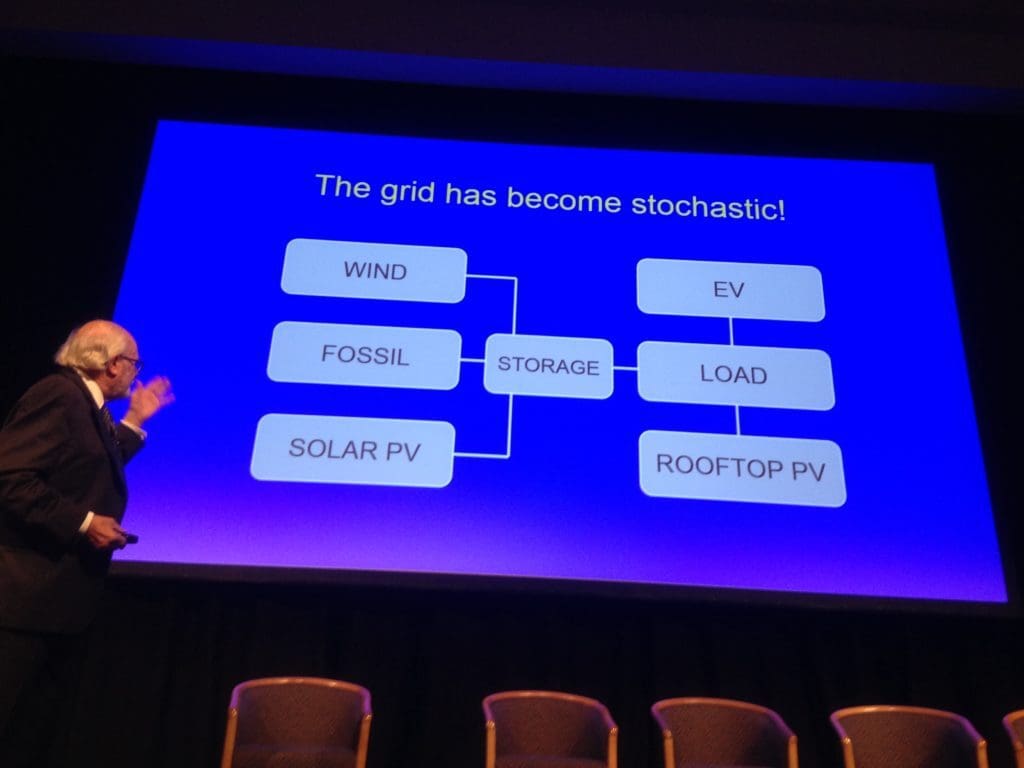
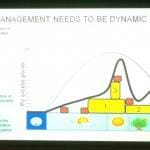
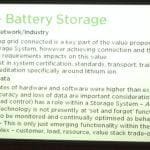
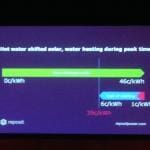
Was there any discussion on pumped hydro storage? Isn’t this still the biggest bulk elecrical storage technology in the world? And the cheapest? Is anyone taking pumped hydro using seawater seriously in Australia, as has been successfully demonstrated on Okinawa Island, Japan?
great article. Thanks for the punchy and informative round-up on an event I would have loved to be at.